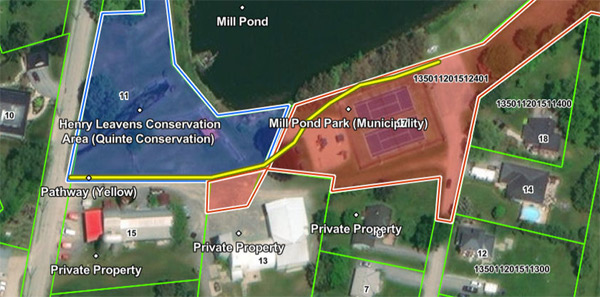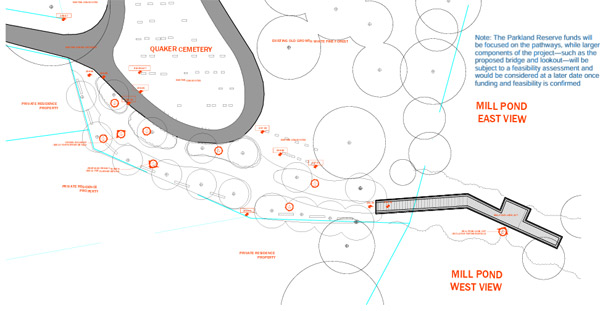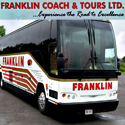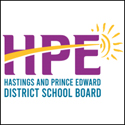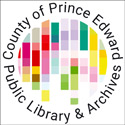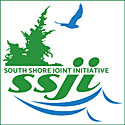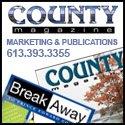Improvements to Bloomfield’s Mill Pond Park take next step
Administrator | May 14, 2025 | Comments 0
By Sharon Harrison
A unanimous vote by council Tuesday will see the Bloomfield Mill Pond Park project become a project of community interest. Its new status means the project can receive donations and issue official donation receipts for income tax purposes.
As work progresses by community volunteers to look at ways to improve the park, council also voted unanimously to approve entering into a usage agreement with Quinte Conservation for the Henry Leavens Conservation Area (Mill Pond Park parkland reserve project – also known as the Bloomfield connection).
The agreement – to remain in place until a permanent solution, such as an easement or property purchase is established – will allow the municipality to create a new single pathway and pedestrian entrance to Mill Pond Park from Mill Street, through the Henry Leavens Conservation Area (owned by Quinte Conservation), which the conservation authority has already approved.
Community members and project volunteers, Sarah Soetens and Barry Turpin, provided an update in their deputations at the council meeting regarding the Bloomfield and Area Business Association (BABA) and the Bloomfield Recreation Committee (BRC) joint imitative project for the Bloomfield Mill Pond Walkway Project.
“The project started as a brainchild of Sarah’s and has developed into a full-blown community project,” said Turpin.
Soetens explained how the idea first came about in 2020 when everything was shut down due to the COVID-19 pandemic, and the focus was on being outside.
“We just started to pay attention and to take notice to the amazing watershed that we have in Bloomfield around the Mill Pond Park,” she said. “It is really used despite being slightly neglected, and one of the major issues is that it is not very accessible. There are curbs to get up to, the pathways are not clear, nobody knows what’s private or public land.”
She explained how over the years, BABA has submitted applications to no avail, not only to the County, but to other provincial agencies, land community environmental organizations in an attempt to try to see if something can be done.
At a well-attended public consultation held last June, she said the number one thing they heard was the environmental health of the pond, and the second was the accessibility of park.
Work is already underway with Quinte Conservation undertaking water testing, with four tests to be done this year and next year (spring and fall) to see what’s in the water.
“There are drafts for a proposed pathway, we are looking at benches that are there, the hedgerows, perennial planting, native trees, sprucing it up,” she said. “We are ready to go to tender and the community is excited.“
 She said by making it an official community project, it opens it up to options for various funding beyond just the parkland fund.
She said by making it an official community project, it opens it up to options for various funding beyond just the parkland fund.
“Then we can maybe also submit for larger grants, we believe that this is going to cost more than the money we have, so by opening this up, maybe we can show to larger funders, some of the Canada-wide funding agencies, that we’ve already done so much work :”
Turpin added that he expects the project to go on for a long time and future grants may be needed.
“Any grant applications are more successful if they can demonstrate wide support and progress towards the final goal,” he said. “I think what we have done up to now, and the fact that if it does become a community project, this is going to lead us to getting this part of it finished and also go on to more.“
The sum of $80,000 for the project was approved by council in 2024, and as a continuing project in the 2025 budget. In 2024, $15,000 (of the $80,000) was spent on design and consultation. The balance of $65,000 was carried forward to 2025, with $6,600 now spent to date for water testing of the pond. The balance remaining for the construction of the pathways this year is $58,500.
The Mill Pond Park was selected as one of the 2024 parkland projects with funds coming from the parkland reserve where the project is intended to enhance recreational opportunities within the Bloomfield-Hallowell ward.
These funds will focus on the pathways, while larger components of the project, such as the proposed bridge over the spillway and a lookout, which will be subject to a feasibility assessment and would be considered at a later date once funding and feasibility is confirmed.
Councillor Phil St-Jean asked what the total anticipated budget for the entire project is and how big the project will be, to which Ashley Stewart, community services, programs and initiatives co-ordinator said, they don’t have a total cost for the project.
“We did come up with a broad design plan, so we can knock things off as funding is available,” said Stewart. “We will do as much of the pathway as we can with $80,000 and set some fundraising goals and look at them individually, so it will be a phased approach.“
In her report to council, Stewart indicated that following consultation with the community, the project became focused on a pathway concept through Mill Pond Park, which was developed in 2020 by volunteers from BABA and the BRC.
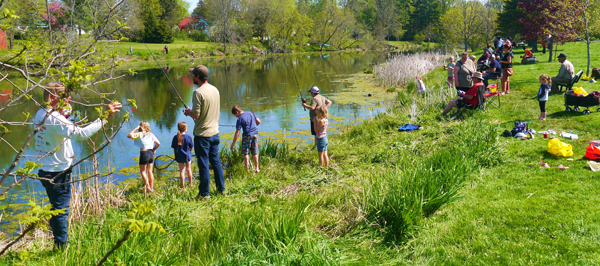 “The goal of the project is to improve access to, and awareness of, the naturalized wetlands and ecological habitat surrounding Bloomfield’s Mill Pond,” stated Stewart.
“The goal of the project is to improve access to, and awareness of, the naturalized wetlands and ecological habitat surrounding Bloomfield’s Mill Pond,” stated Stewart.
She explained that since early 2024, the County have been working with an informal community/stakeholder committee made up of volunteers from the BRC, BABA and Bloomfield-Hallowell councillors.
“The committee members are requesting to designate the project as a “project of community interest” to allow fundraising, so that project work can continue once the parkland reserve funds have been fully utilized.”
Currently, the pond can be publicly accessed via Mill Pond Park and the Quaker Cemetery, however, there are no formal pathways in place, making it difficult to reach and inaccessible.
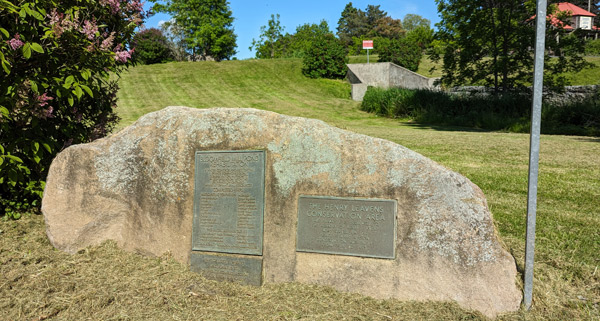
The Henry Leavens Conservation Area – This parkette is dedicated to the memory of Henry Leavens who served on the Prince Edward Region Conservation Authority from 1965 to 1983.
Quinte Conservation owns the property adjacent to Mill Pond Park, the Henry Leavens Conservation Area, which pedestrians commonly use to access the park and pond from Main Street, rather than entering from Brick Street, notes the report.
Between March and June 2024, municipal staff and the committee engaged the services of a landscape designer to develop a pathway plan. Public and stakeholder engagement was conducted with the community, neighbouring residents, and key partners (including Quinte Conservation, property owners, representatives from the Glenwood Cemetery Board, field naturalists, Accessibility Advisory Committee and others) to shape the design concept.
Two key themes emerged from public and stakeholder engagement, namely pond health and access to the mill pond.
“Community members expressed a strong interest in better understanding the health of the pond. Next steps cannot be determined until the condition of the pond is better understood,” said Stewart.
Quinte Conservation has been contracted to conduct annual water testing over a two-year period to monitor water quality, identify potential contaminants and ensure the long-term health and safety of the local ecosystem, with results informing future actions to be implemented.
Improved access from Mill Street to Mill Pond Park was also identified as a priority as currently there is no formal pathway through the park, limiting access to the playground, tennis court, pond and outdoor theatre.
“With guidance from the committee, a project design was developed and includes the creation of a new pedestrian entrance and pathway from Mill Street, additional pathways within the park, seating areas, interpretive signage and a pathway from the Quaker Cemetery.”
The project will now go to tender for the construction of the pathway, with work to take place this year.
Filed Under: Featured Articles • Local News
About the Author:



